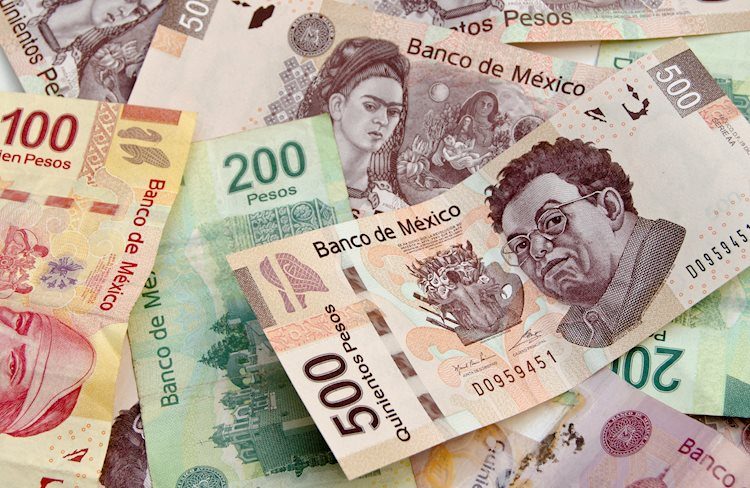LAST UPDATE: 18.34
A turnaround after the initial resumption of the sell-off was made by major stock indices on Wall Street, with traders, amid inflationary pressures and fears about the economic prospects in the US and internationally, struggling to “turn the game around”.
On the dashboard, the industrial Dow Jones falls by 145.79 points or 0.46%, with the widest S&P 500 to “lose” 7.58 or 0.19%, while the technological Nasdaq is gaining 59.40 points or 0.48%, as technology stocks, which have recently been at the center of the action of sellers, who generally get rid of high-risk investment products, are currently showing signs of “reaction”.
The recovery is driven by names that have been particularly hit lately, such as Lucid Group and Zoom Video, along with the meme stocks of the once “Reddit frenzy”, such as GameStop and AMC, with the latter two reaching to be strengthened and by 30% and 20% respectively.
The share of Rivian Automotive also jumped 22% earlier, after the announcement of quarterly results.
“Even when you are in a bear market, there are rallies that can be very intense,” said Truith’s Keith Lerner.
Technology giants such as Amazon and Netflix are seeing their shares rise more than 4%, while Tesla’s share is also moving upwards.
Disney is falling to a two-year low after announcing mixed quarterly results. It announced a larger-than-expected increase in subscribers to its streaming business, but warned of the impact of Covid’s new boom on its theme parks in Asia. Shares of Boeing and American Express are also falling.
According to the latest data on consumer price inflation, the index for April in the US stood at 8.3%, higher than estimates and quite close to the 40-year high of 8.5%, which moved in March. Following the relevant data, the investors moved, abandoning, among other things, technology shares and bitcoin.
Data on US producer prices, which rose 11% year-on-year in April, did little to change the market climate.
Bitcoin sank below 27,000 on Thursday morning, amid the collapse of the controversial stablecoin TerraUSD.
Even so, Fundstrat’s Tom Lee remains bullish on equities. When the market finds its pace, he notes, “we will continue to be in a world of double-digit returns.”
He adds that, from the 16 times since 1940 that the market lost 16% in a period of four months, in 12 within six months it had recovered the total losses and was moving higher.
Shares have been under pressure lately, mainly due to inflationary pressures and the prospect of ever-increasing interest rates affecting the investment climate. Since the beginning of the year, the S&P 500 has lost about 18% of its all-time high in January.
Among the 30 Dow shares, 8 are moving with a positive sign and 22 with a negative one. The profits are led by those of Home Depot, Salesforce and Nikewhile those losses of Boeing, American Express, UnitedHealth.
US: Rise in producer prices and unemployment benefit applications
The cost of goods and services at the wholesale level increased by 0.5% in April from the previous month, with inflationary pressures in the economy continuing on a large scale for another month, driven mainly by the rally in energy prices.
Annual growth slowed to 11% from 11.5% last month, according to government figures. This is the first fall since the outbreak of the pandemic.
The average estimates of analysts in a Reuters poll spoke of a monthly increase of 0.5% and an annual 10.7%.
Excluding energy and food, the structural index of producer prices increased by 0.4% from the previous month and 8.8% from the corresponding period last year.
The number of Americans applying for new unemployment benefits rose last week, much to the surprise of analysts who expected it to decline.
In particular, the initial unemployment benefit applications increased by 1,000 to the seasonally adjusted size of 203,000 for the week ended May 7, according to the US Department of Labor. This is the highest level since last February.
Analysts’ average estimates in a Reuters poll put the applications at 195,000 for the previous week.
The number of ongoing applications fell by 44,000 to 1.34 million for the week ended April 30th. This is the lowest level since the early 1970s.
Source: Capital
I am Sophia william, author of World Stock Market. I have a degree in journalism from the University of Missouri and I have worked as a reporter for several news websites. I have a passion for writing and informing people about the latest news and events happening in the world. I strive to be accurate and unbiased in my reporting, and I hope to provide readers with valuable information that they can use to make informed decisions.






